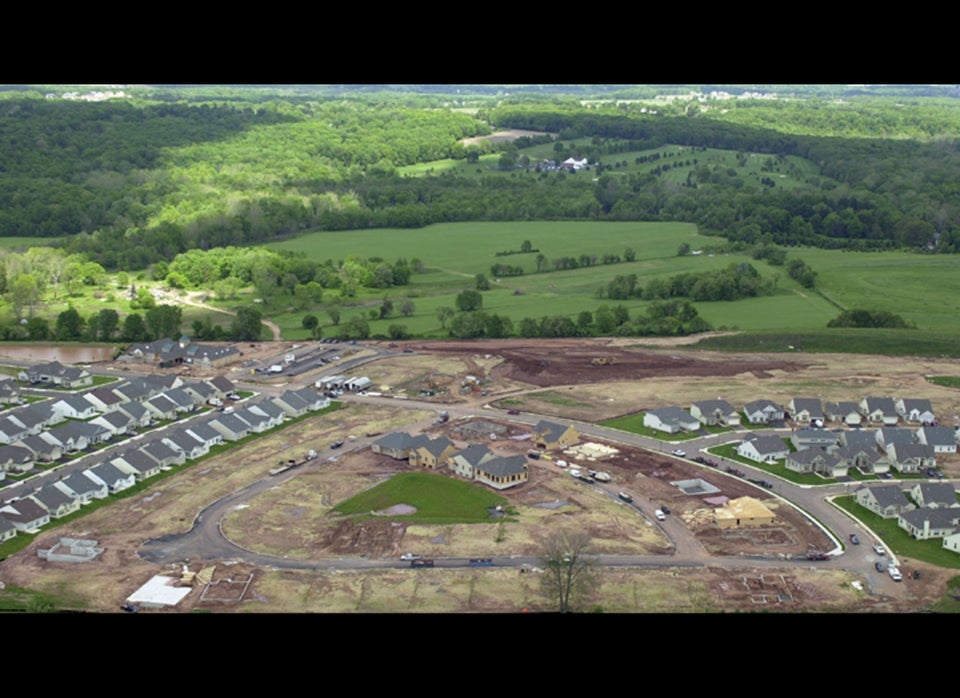We read about it everywhere, and millions watch the reality TV shows on multiple networks about fix & flip real estate investing. It's fun to see an investor turn an ugly duckling home into a swan and make a profit doing it. As with any "reality" television show, there are some behind-the-scenes things going on that help them in their profitability, such as getting material discounts for mentioning where the materials were purchased. But, fix & flip is still a viable real estate investment opportunity, even if you're not a TV star.
But, it's getting a little more difficult these days, as foreclosure inventories are shrinking and prices are rising. The investor must sharpen their pencil, cut the very best purchase deal they can, and then really "work the numbers" in the rehab part of the job. Some are backing away from fix & flip and moving into rental property investing or other real estate opportunities. There is a big opening here for the retail buyer to use a "fix & stay" strategy to move into a home that's customized for their needs and a bargain buy as well.
You're going to become a self-investing home buyer by locating the right foreclosure or distressed home that needs work. You'll be choosing a home in an area you like and with the basic features you want, but it is in need of significant work to make it a livable home. Regular mortgage lenders won't finance homes unless they're already repaired and ready for move-in, so you'll need to take a different approach.
Funding with the FHA 203k Loan
First, you need to know that when you find the right home with the characteristics you want and in a neighborhood you like that you have a funding resource ready. The FHA 203k loan is designed for the home buyer who will live in the home, but they need to have some work done before the long term mortgage is funded. In other words, the repairs and rehab must be a part of the loan and the work done before move-in. The 203k is for this specific purpose and the details can be found at www.hud.gov. There are two levels of funding depending on the amount of work the home needs:
•Streamlined 203k: The amount available for repairs is between $0 and $35,000, and the process for application is more streamlined due to the lower repair loan amount in relationship to the overall value of the home.•Full 203k: This loan has a minimum amount of $5,000 and no maximum limitation. So, the home that needs a lot more work is probably going to fall into this more detailed lending process.
There are plenty of details; after all it does involve the government. But, you can locate a home that other retail buyers cannot buy, have it rehabilitated to move-in condition, and end up with the purchase price and the renovation and repairs all wrapped up into one neat mortgage. The total of the purchase and the repairs loans will of course have to meet LTV, Loan-to-Value, requirements. There is some flexibility in this stage, as you can select materials and change specifications as necessary to bring the rehab costs into line with what the lender wants.
What you're doing is getting a contractor involved in the early stages to provide not just estimates but hard bids for the work. The process requires that no payments be made as the work progresses until it is inspected and completed as specified. You're getting the benefit of these inspections and quality controls because the lender wants to be certain that their investment is covered.
The Buying Competition
Research the 203k loan, get some of the pre-approval process out of the way, and you can start shopping in a market with no retail buying competition. You will be competing with local real estate investors, but you have an advantage. The fix & flip investor must buy at a price that allows them a nice profit for the rehab work and for their time and effort. They're usually selling to another investor, many times a rental property buyer. That investor buyer doesn't want to pay full ARV (After Repair Value) for the home. The discount that buyer wants, when added to the profit the fix & flip investor wants, must be subtracted from the After Repair Value to come up with the price the fix & flip investor can pay for the unrepaired home.
This means that you can pay more for the home than the fix & flip investor because their profit isn't a part of the picture, and you can work with full value, not a discounted value the rental property buyer wants to pay. Your lender will be looking at ARV for the final loan total calculations. If you want to jump through a few hoops and take a couple to four months to go through a purchase and rehab process, a Fix & Stay purchase might be perfect for you.
